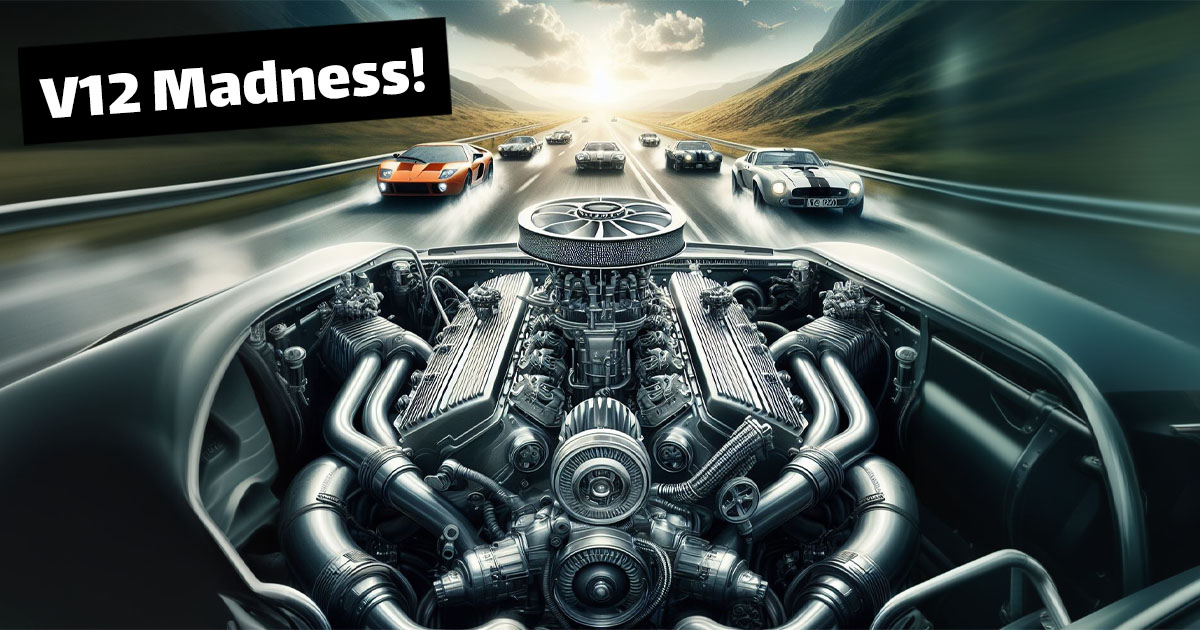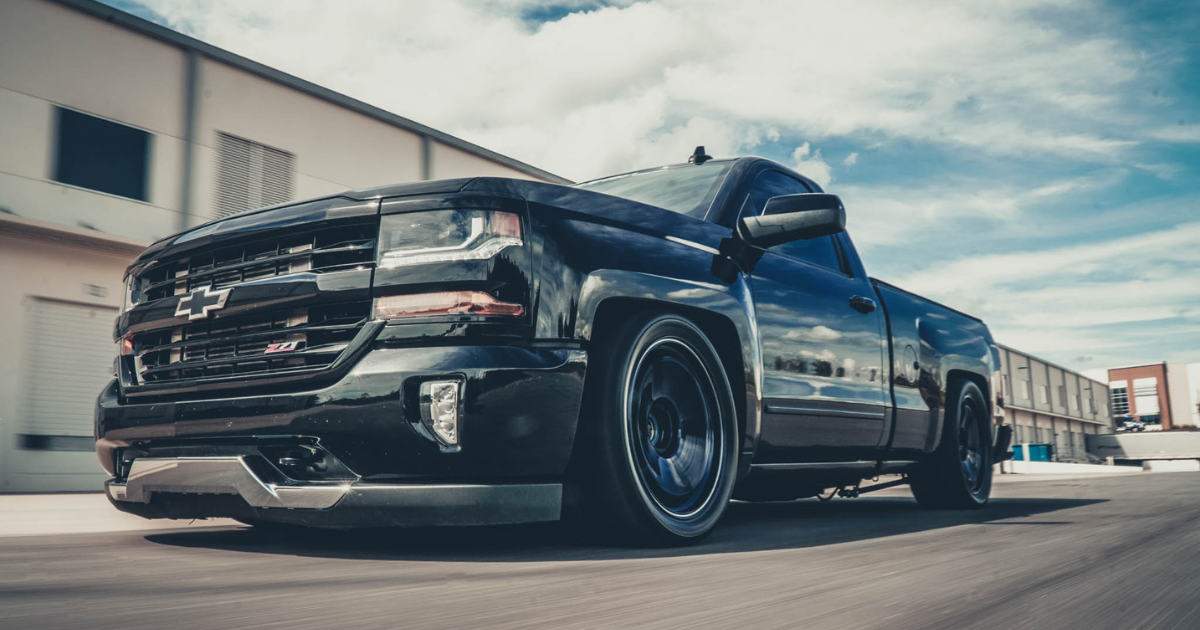
There was no such thing as having an excessive amount of power in the early years of the trucking industry. One of the operators modified his 1951 Kenworth with a Hall-Scott V12 engine that had 2181 cubic inches of capacity and 600 horsepower.
The Hall-Scott Motor Car Company was established in 1910, but it has since been discontinued. In the past, however, the company based in the Bay Area of California was a well recognized builder of huge gasoline engines of superior quality that were used for trucking, aviation, and maritime purposes. (During World War I, Elbert J. Hall collaborated with Jesse Vincent to design the military aviation engine known as the Liberty.)

The Series 400 was one of the most notable products that Hall-Scott had produced. It was a massive but remarkably sophisticated inline six-cylinder engine that consisted of 1090 cubic inches and included a single overhead camshaft as well as hemispherical combustion chambers. When compared to the diesel truck engines that were available at the time, the enormous gasoline six engine with a 5.75-inch bore and a 7-inch stroke was capable of producing 290 horsepower and 950 pound-feet of torque.

By uniting two cylinder blocks of the Series 400 type on a shared crankcase and crankshaft, Hall-Scott was able to build a 2181 CID V12 engine that had a configuration that was comparable to that of the well-known Hall-Scott Defender engine that was used during World War II. The purpose of this V12 was to be used in industrial and marine applications; nevertheless, Ray Ogg, a tank-trailer operator in Portland, came to the conclusion that the large beast was specifically designed for transporting goods across mountainous terrain. In addition to placing a special order for a Kenworth conventional tandem-axle tractor with its frame expanded one foot, he also made arrangements for the truck manufacturer in Seattle to install the V12 engine, which was allegedly capable of producing 600 horsepower but was tuned for this particular use.
The custom-built rig must have been an outstanding hauler, with about 2,000 lb-ft of torque available, and it must have been something to see and hear on the road. However, regrettably, it was involved in a fire and burned to the ground, according to truck historians. According to reports, Hall-Scott had intended to provide a production version of the V12 engine for trucks that could produce up to 900 horsepower and had a supercharger, but this plan was never implemented.




